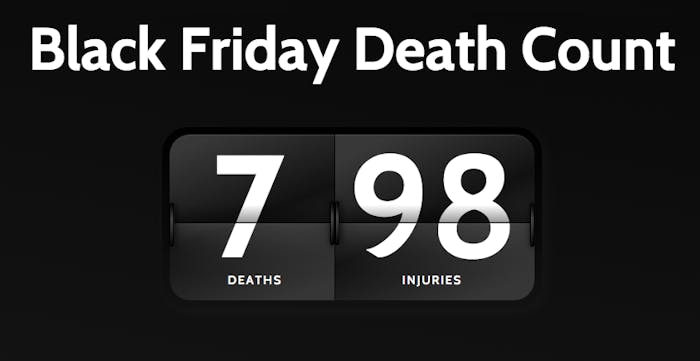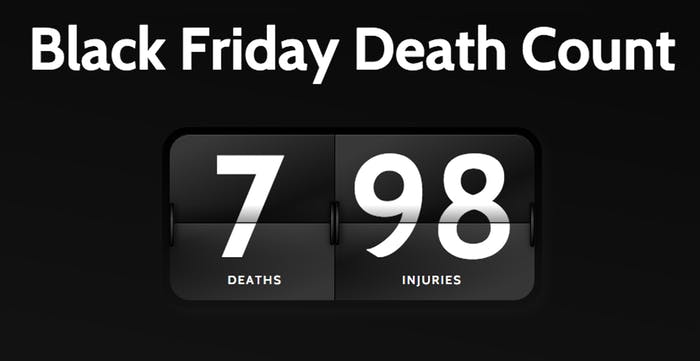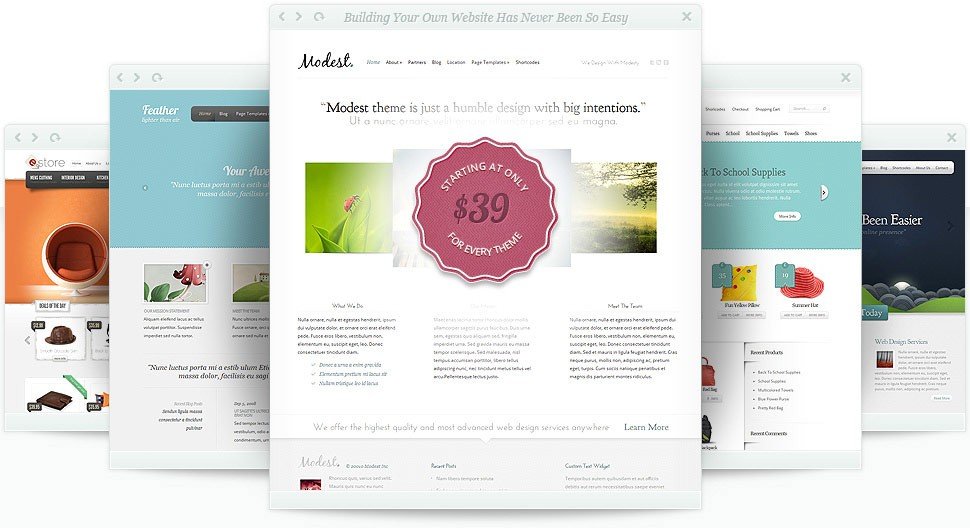
Have Black Friday records been broken? In advance, most of the media agreed: Black Friday 2018 will be a resounding success. With catchy headlines like: “Black Friday finally broken through European web shops” and “Black Friday and Cyber Monday are breaking records”, expectations were high. But have these expectations also been realized in practice?
4 out of 7 hypotheses are ‘proven’
To test whether the picture is correct what was outlined in advance about Black Friday 2017, we formulated a hypothesis based on a number of articles published on Black Friday. We tested these hypotheses with aggregated data from our customers for which Black Friday was relevant in 2017.
Statement 1: Has Black Friday broken records? The expectations in advance of Black Friday were high. A growth in turnover and the breaking of records were expected. The average turnover of the surveyed customers increased by 131% compared to Black Friday last year. There is even a customer who has achieved the highest daily turnover and a customer who has achieved more than 400% growth in turnover compared to last year.
Statement 2: Is there a growth in a number of sessions during this Black Friday?
In advance, it was expected that the growing interest in Black Friday would bring more visitors to the website. Result: On average, the number of sessions at our customers increased by 80%, with the exception of a party that processed 128% more sessions on their website.
Statement 3: Do customers charge more money during Black Friday?
If attractive discounts are made, chances are that visitors will do more in their shopping basket and thus achieve a higher order value than normal. Due to the predicted success of Black Friday this year, we also expected in advance that the order value is higher than last year. Result: It turns out that the average order value of our customers is 44% higher than a normal day. In addition, the order value is 22% higher than Black Friday 2016. A specific customer has almost doubled his average order value this year during Black Friday.
Statement 4: Do young people dominate during Black Friday?
Among young people, the concept of Black Friday is the broadest known and the most popular. In general, it is expected that young people are more active with online ordering of products. During the Black Friday period, there should, therefore, be an increase in the number of visitors in the lower age classes. To test this hypothesis we look at the age group 18-24 and the share of this group in the total number of sessions. The share of this group is normally 7%, while the share on Black Friday is 6.8%. On Black Friday, this group is decreasing rather than rising (although it is a slight decrease). There is no real explanation for this figure, but we see that these effects are very website specific.
Statement 5: Is the distribution of devices different during Black Friday?
Perhaps related to the above point, it was expected that the device partition moves further away from the desktop. This means that less than half of the people order via desktop and that mobile is becoming increasingly popular. The device distribution during Black Friday is different than normal. In the device distribution, it is remarkable that visitors visit the website less on a tablet (-13%) and more on a desktop (+ 9%) compared to an average day. The device distribution is therefore different than normal, but the distribution is not as expected in advance. Probably ordering customers prefer with their desktop.
Statement 6: Is there a silence-before-the-storm effect prior to Black Friday?
Consumers know better and better when Black Friday is going to take place and e-commerce companies are doing more and more to recruit customers for this. Also in the run-up to Black Friday. In order not to be a thief of their own wallet, consumers can postpone purchases to strike Black Friday. In the run-up to Black Friday, it seems logical to see a decrease in revenue. In the data, however, we find few clues to a silence-before-the-storm effect. There is obviously a peak to see on Black Friday, but no downfall.
How do you ‘score’ on the hypothesis about Black Friday?
Most of the predominantly positive predictions about Black Friday turned out to be true. How did your webshop score on the above hypotheses?
You see that Facebook is widely used by adult consumers, Instagram and Snapchat are more popular among young people and Twitter attracts more men than women on average. Moreover, there is a clear difference between business and personal use. Few users have a Facebook account for business reasons. Conversely, almost no-one is on LinkedIn to share photos of his afternoon walk. The difference in ages, interests, and motivations for use is important to include in the way you use social media. If you are in business services, then you should think carefully about how and how it is useful to approach your consumers on social media. A manufacturer of packaging materials will have little to do with a marketing campaign on Instagram.
The most forgotten social media The landscape of social media is constantly changing. Time and again other social media are popular. As a result, you would almost forget that there is one social medium that has been very good in building engagement: e-mail. The great power of e-mail is in a small detail: messages on social media are fleeting; if you do not spend a day on Facebook, you will miss a large number of messages. You will not see it automatically in your timeline. However, an e-mail only disappears when you have read it (or marks it as read).
E-mail has a more compelling character than a message on social media. That compelling character does require extra caution; not for nothing is a lot of e-mail not read or marked as spam. The law requires that you actually have permission from the recipient to send newsletters. And if you have that, you have to think carefully about the title of your e-mail, the length of the content, the time you are emailing and the frequency with which you mail.

![The 10 Most Accurate Website Traffic Estimators [2025 Update] - Accurate Website Traffic Estimators The 10 Most Accurate Website Traffic Estimators [2025 Update] - Accurate Website Traffic Estimators](https://www.toptut.com/wp-content/uploads/2024/01/The-10-Most-Accurate-Website-Traffic-Estimators-2024-Update.jpg)







